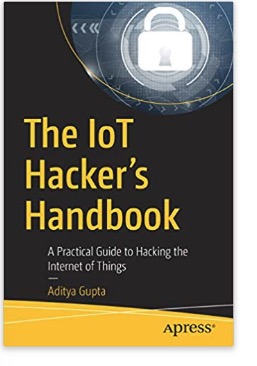Blog
Recent Posts
Industrial IoT 4G LTE Router & Gateway With Ethernet, RS232, RS485 Serial Ports Plus Digital I/O
Posted by on
 The ICR-3200 LTE gateway by Advantech represents an excellent solution to connect IP or serial devices to a cellular network, allowing industrial M2M and IoT applications that comprise of kiosks, industrial PCs, HMIs, traffic controllers, meters, UPS systems, and more.
The ICR-3200 LTE gateway by Advantech represents an excellent solution to connect IP or serial devices to a cellular network, allowing industrial M2M and IoT applications that comprise of kiosks, industrial PCs, HMIs, traffic controllers, meters, UPS systems, and more.
Supporting LTE Cat.4 upload speeds of up to 50 Mbps and download speeds of up to 150 Mbps, the router renders abundant bandwidth for high data demand applications such as CCTV or public Wi-Fi hotspots.
The device comes with two independent or switched Ethernet ports plus RS232 and RS485 serial ports. The ICR-3200 has built-in digital I/O connectivity, real-time clock (RTC) with backup, and sleep mode support. It has two SIM readers protected by a metallic cover for carrier failover redundancy. Furthermore, the router is prepared for use with an internal eSIM.
Features
- 4G LTE Cat.4 VPN Gateway for Industrial IoT applications
- LTE B2, B4, B5, B12, B13, B14, B66, B71
- Carriers support; Verizon, AT&T, T-Mobile, FirstNet (Public Safety)
- Powerful CPU with 1.3 GB storage to host customer SW applications
- 2× SIM with cover, Dual SIM + eSIM
- 2× Ethernet 10/100, 1x RS232, 1x RS485 and I/O
- Robust metal cover with DIN and Wall mount options
- Operational temperature range from -40 °C to +75 °C
- Sleep mode & Power ignition & Backup real time clock
- Advanced networking, Diagnostics, VPN support, Firewall
The IoT Hacker's Handbook: A Practical Guide to Hacking the Internet of Things
Take a practical approach when it comes to investigating Internet of Things (IoT) devices and the security issues associated with the IoT architecture.
You will review IoT central components, from hardware communication interfaces, such as UART and SPI, to radio protocols, such as BLE or ZigBee. You will also learn to evaluate a device physically by opening it, looking at the PCB, and identifying the chipsets and interfaces.
You will use that information to obtain entry to the device or to perform other actions, such as dumping encryption keys and firmware.
As the IoT rises to one of the most popular tech trends, manufacturers need to take the necessary steps to secure devices and protect them from attackers. The IoT Hacker's Handbook breaks down the Internet of Things, exploits it, and reveals how these devices can be built securely.
 Loading... Please wait...
Loading... Please wait...

